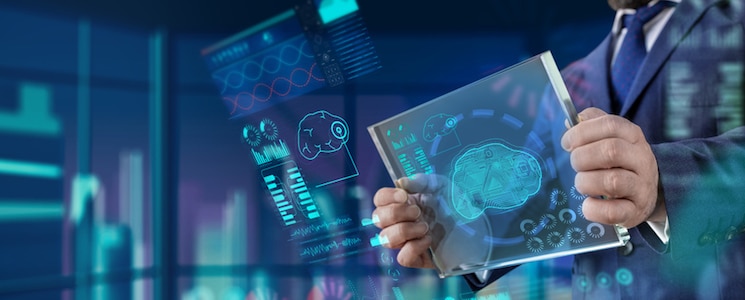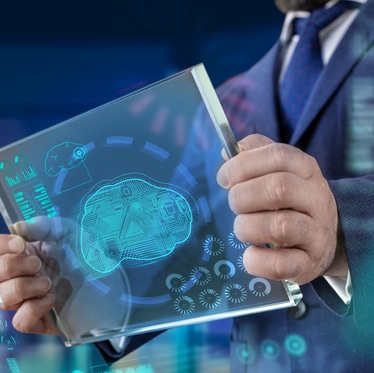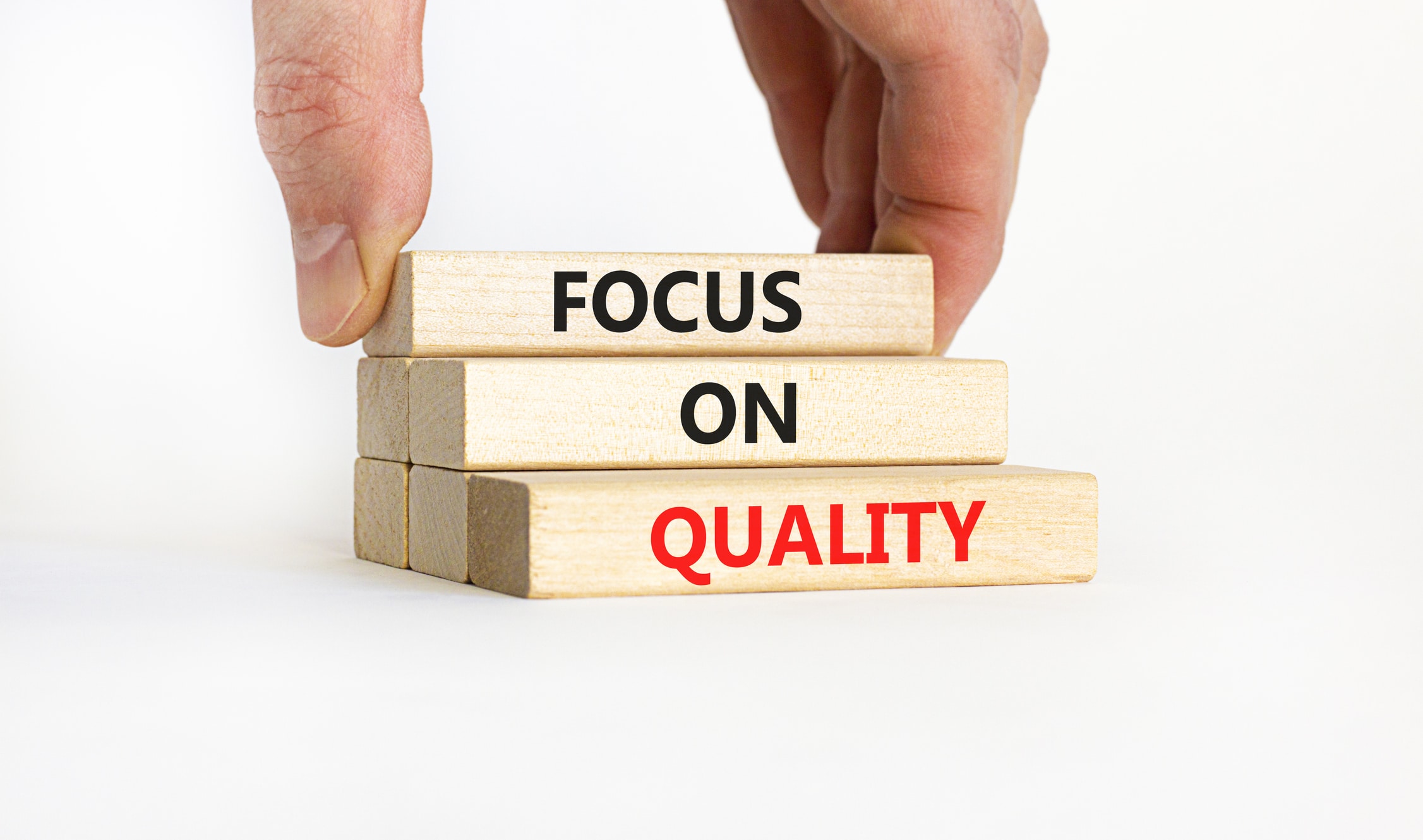
Depending on whom you ask, artificial intelligence will either be the dawn of a bright new era, or the end of humanity. Many smart people have taken the more pessimistic view. The late Stephen Hawking in 2014 believed that AI poses an existential threat. The philosopher Nick Bostrom has been raising the alarm for years, writing and speaking extensively about the possible dangers of AI. Others say AI will usher in a new age of prosperity, with people living longer and healthier lives. Wealth will be generated by machines, and people will be freed from the drudgery of existence. The truth will likely come in somewhere between. But make no mistake, like many other aspects of life, AI in manufacturing is coming fast, and it will be a revolutionary force. In fact, it already is.
The Thirst for Data is Being Driven by Artificial Intelligence
Just look around. Just like AI in manufacturing, the use of Artificial Intelligence is increasing year by year across virtually every industry. Computers currently do the majority of trading on Wall Street, bartering millions of trades per second based on AI algorithms running on neural networks, informed by machine learning, in buildings housed as close as possible to the stock exchange because even at the speed of light, a few city blocks can make a difference. AI is using nanoseconds to make pennies per trade and generate millions in profits.
Automation and computing power now commonly rules in domains once thought to be the sole province of humans. Take chess, for example. In 1997, the IBM computer Deep Blue defeated the world’s greatest chess player at the time, Garry Kasparov. Within fifteen years, computers were unbeatable by human players. And in 2017, Google’s Deep Mind project unveiled the AlphaZero chess program. It was told the rules of chess and given four hours to practice by playing millions of games with itself. It then proceeded to crush the reigning computer champion, Stockfish, 28 to 0 (with 72 draws). What it learned, all by itself, was a new approach to chess that has changed the theory and practice of the game at the highest levels.
The Evolving Nature of Artificial Intelligence
So far, these are all examples of Artificial Narrow Intelligence (ANI), or special-purpose AI. The next step would be Artificial General Intelligence (AGI), machines that are able to reason, plan, and comprehend like a human about any subject. That kind of AI is still at least a few decades away, but a different kind of machine intelligence is all around us right now.
Elon Musk says that we’re cyborgs already, linked to our phones and other devices. Not physically linked—yet—but linked, nonetheless. The next step would be to implant AI enhancements into our skull, and yes, there’s a procedure worked out for how that might be done, and how the chip could interact with our brain.
AI in Manufacturing Driving Development
This is all fascinating to think about, but does any of it relate to manufacturing today and the next few years? I think it does, and more than just a little bit.
It’s only fitting that manufacturing is a key driver of applied AI. After all, manufacturing has been the economic force behind robotics development for decades, from the early tape-fed NPC machines to today’s industrial robots with vision, mobility, arms, and the ability to make simple decisions. Robots and AI are not equivalent, but they converge on the factory floor, where automated systems have been evolving more and more intelligence over the years.
More importantly, the collective power of these systems is growing exponentially. With the IIoT, intelligent robots increasingly linking to other intelligent robots. And, they’re all reporting up the line to digital platforms including Manufacturing Execution Systems (MES) and Enterprise Resource Planning (ERP) systems. The connectivity is even extending to executives with smartphones and tablets who can access data analytics and manufacturing intelligence applications to see trends, identify correlations, predict outcomes, and guide decisions.
When you consider the prevalence of machine learning being in more and more applications, it soon becomes clear that AI is already on the shop floor. The modern manufacturing decision-maker is the personification of Musk’s virtual cyborg with digital tools now an essential ingredient to success.
What Will be Next?
The impact of AI’s exploding digital power is being felt throughout the manufacturing world. But, it is more than another technology. AI in manufacturing is changing how we work and think, sometimes profoundly, in the executive suite as well as on the factory floor. In fact, a new term is emerging, “hyper-automation,” which is taking task automation to the next level by incorporating processes spanning multiple departments and automating responses, all being made possible with the use of AI.
So, will human-looking robots be sitting in the corner office someday soon, giving orders to other robots in metal cubicles? Somehow, I don’t think that’s what the future holds. What does seem inevitable, however, is that we will continue to rapidly adopt AI technology to help us make better decisions, faster. I know that’s true, because that’s what humans have always done with technology ever since the first tool was invented. It’s what we do.
As far as where artificial intelligence will eventually lead, in manufacturing and elsewhere, we’ll have to wait and see. But we may not have to wait as long as we think.






